Explore our Curriculum & Resources

Video
Sound– Lesson 10: Changing the Pitch by Changing the Tension
Filed Under
Grade 1
Grade 2
Grade 3
Grade 4
Grade 5
Kindergarten
Physical Science
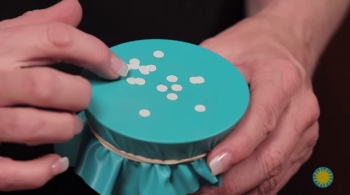
Video
Sound– Lesson 8: Making a Model Eardrum
Filed Under
Grade 1
Grade 2
Grade 3
Grade 4
Grade 5
Kindergarten
Physical Science

Curriculum
How Does Motion Energy Change in a Collision?
Filed Under
Grade 4
Physical Science
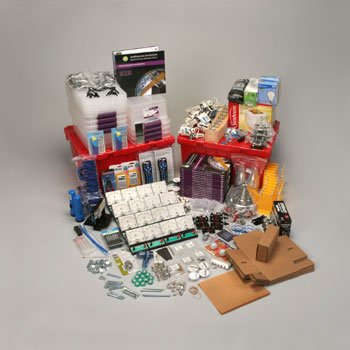
Curriculum
STC Secondary: Discovering Electrical Systems
Filed Under
Grade 6
Grade 7
Grade 8
Physical Science

Curriculum
What Is Our Evidence That We Live on a Changing Earth?
Filed Under
Grade 4
Physical Science
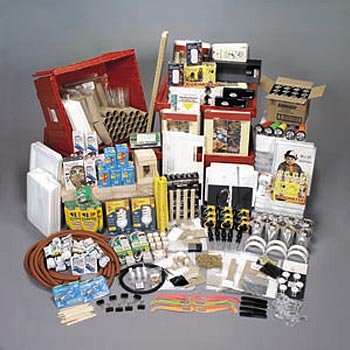
Curriculum
STC Program: Light Unit Kit
Filed Under
Grade 6
Grade 7
Grade 8
Physical Science

Curriculum
STCMS™: Energy, Forces, and Motion
Filed Under
Grade 6
Grade 7
Grade 8
Physical Science

Video
Sound– Lesson 1: Thinking about Sound
Filed Under
Grade 1
Grade 2
Grade 3
Grade 4
Grade 5
Kindergarten
Physical Science
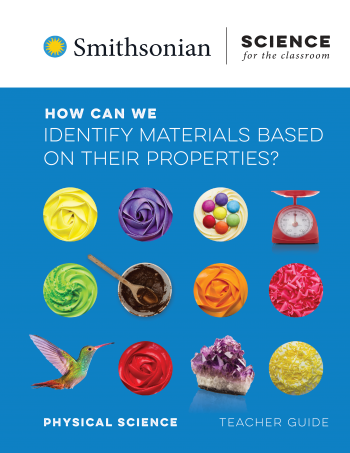
Curriculum
How Can We Identify Materials Based on Their Properties?
Filed Under
Grade 5
Physical Science
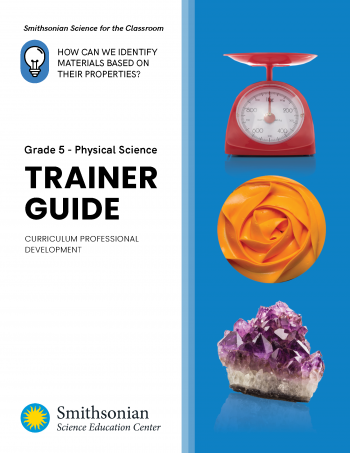
Resource
How Can We Identify Materials Based on Their Properties? Grade 5 Physical Science Trainer Guide
This is a free resource
Filed Under
Grade 5
Physical Science

Video
Experimenting with Mixtures, Compounds, and Elements– Separating Solutes (Preparation for Lesson)
Filed Under
Grade 6
Grade 7
Grade 8
Physical Science
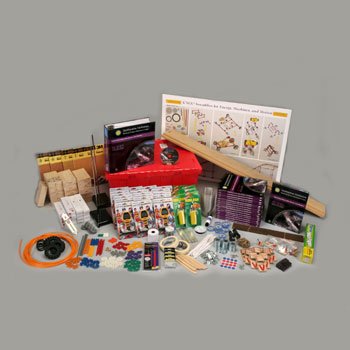
Curriculum
STC Secondary: Experimenting with Forces and Motion
Filed Under
Grade 6
Grade 7
Grade 8
Physical Science

Curriculum
How Does Motion Energy Change in a Collision?
Filed Under
Grade 4
Physical Science
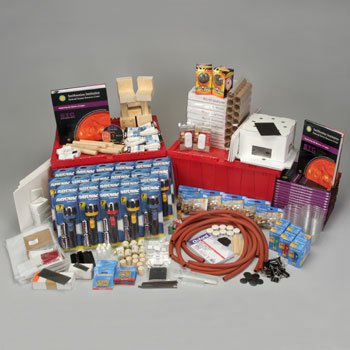
Curriculum
STC Secondary: Exploring the Nature of Light
Filed Under
Grade 6
Grade 7
Grade 8
Physical Science
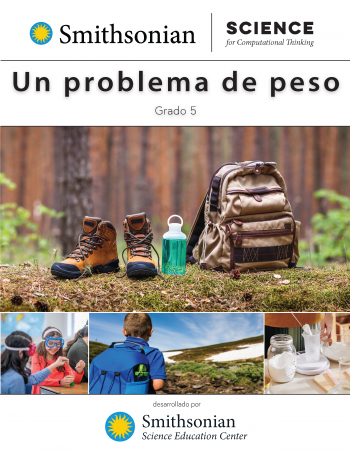
Curriculum
Un Problema De Peso
This is a free resource
Filed Under
Grade 5
Physical Science

Video
Investigating Circuit Design– Generating Electric Energy
Filed Under
Grade 6
Grade 7
Grade 8
Physical Science
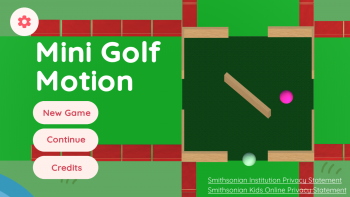
Game
Mini Golf Motion
This is a free resource
Filed Under
Grade 1
Grade 2
Grade 3
Grade 4
Grade 5
Kindergarten
Physical Science
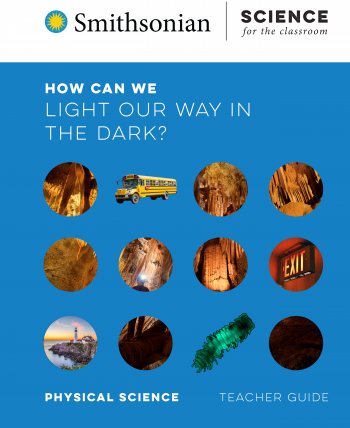
Curriculum
How Can We Light Our Way in the Dark?
Filed Under
Grade 1
Physical Science
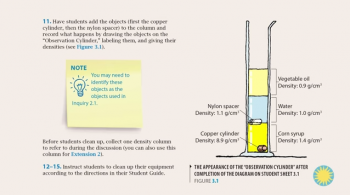
Video
Exploring Properties of Matter– Surface Gravity
Filed Under
Grade 6
Grade 7
Grade 8
Physical Science
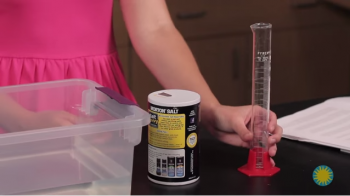
Video
Floating and Sinking– What Do We Know About Floating and Sinking?
Filed Under
Grade 1
Grade 2
Grade 3
Grade 4
Grade 5
Kindergarten
Physical Science
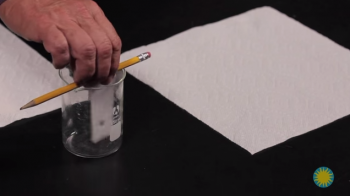
Video
Experimenting with Mixtures, Compounds, and Elements– Drying Chromotography Paper
Filed Under
Grade 6
Grade 7
Grade 8
Physical Science
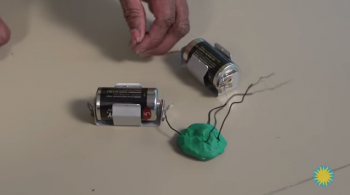
Video
Electric Circuits– Making a Filament
Filed Under
Grade 1
Grade 2
Grade 3
Grade 4
Grade 5
Kindergarten
Physical Science
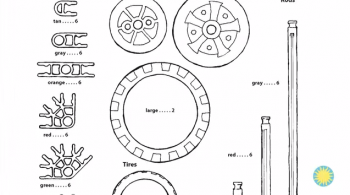
Video
Motion and Design– Lesson 1: Designing Vehicles: Getting Started
Filed Under
Grade 1
Grade 2
Grade 3
Grade 4
Grade 5
Kindergarten
Physical Science
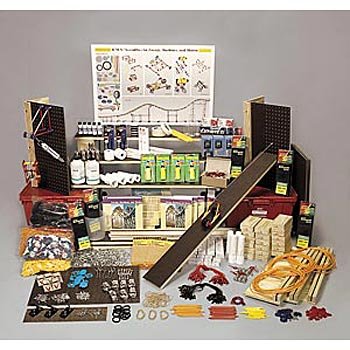
Curriculum
STC Program: Energy, Machines, and Motion Unit Kit
Filed Under
Grade 6
Grade 7
Grade 8
Physical Science

Curriculum
How Can We Predict Patterns of Motion?
Filed Under
Grade 3
Physical Science
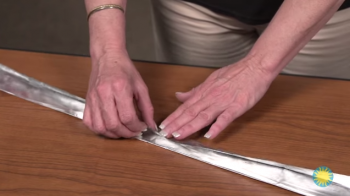
Video
Sound– Lesson 2: How Sound Travels
Filed Under
Grade 1
Grade 2
Grade 3
Grade 4
Grade 5
Kindergarten
Physical Science

Video
Explore Smithsonian: How Can Electricity Correct a Telescope in Outer Space?
This is a free resource
Filed Under
Grade 6
Grade 7
Grade 8
Physical Science
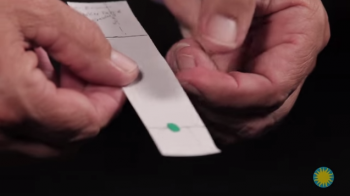
Video
Experimenting with Mixtures, Compounts, and Elements– Marking Chromotography Paper
Filed Under
Grade 6
Grade 7
Grade 8
Physical Science
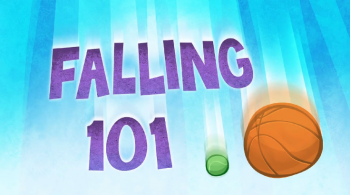
Video
Falling 101
This is a free resource
Filed Under
Physical Science

Resource
How Does Motion Energy Change in a Collision? Grade 4 Physical Science Trainer Guide
This is a free resource
Filed Under
Grade 4
Physical Science




























